Drishti is a Sanskrit word that means “gaze” or “vision.” In Patanjali’s Yoga Sutras, drishti is most closely connected to dharana and dhyana, the 6th & 7th limbs of The Eight Limbs of Yoga.
This is because in dharana we work with cultivating a single point of concentration in preparation for meditation (dhyana).
In yoga, we can use drishti in two ways. The first is by physically placing the gaze onto a specific point in our external environment, such as onto our hands or feet. This helps us find balance and focus in all asanas.
The second way we can use drishti is to help guide our awareness inward, which helps us steady and settle our mind. By guiding our eyes to rest on a specific point, we build concentration and eliminate distractions from our surroundings.
After all, where your gaze goes, your attention and life force energy (prana) follow.
Whether we are using our drishti to move attention inward or as a physical point of focus, it is a directed gaze that is soft and gentle in quality rather than an intense staring.
There are nine drishti in yoga, and in the Ashtanga yoga tradition, each asana has an associated drishti point.
You may already be familiar with some of them; for example hastagre drishti, which is used in utthita trikonasana (extended triangle pose) when we gaze up at the tips of the fingers of our extended hand.
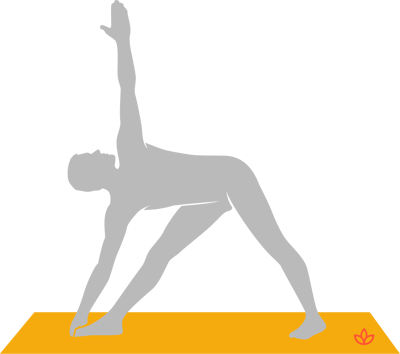
There are a total of nine drishti. This article will cover their focal points and which asanas they are commonly used with.
Knowledge of the various drishti is a valuable addition to your yoga and meditation practice. Play with each one, try them out in your next yoga class and see if they help you find balance more easily and drop more deeply into your practice.
Read: Using Your Drishti to Improve Focus
Angusthamadhyam Drishti
Angusthamadhyam drishti rests on the middle of the thumb, between the thumb nail and first joint.
Asanas that commonly use this drishti are utkatasana (chair pose), urdhva hastasana (upward salute), and virabhadrasana A (warrior one pose).
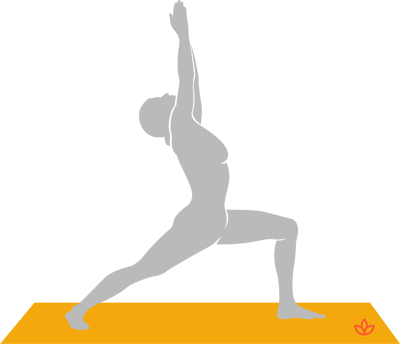
Nasagra Drishti
Nasagra drishti rests on the tip of the nose. We use it most frequently in chaturanga dandasana (four-limbed plank pose) and urdhva mukha svanasana (upward-facing dog pose).
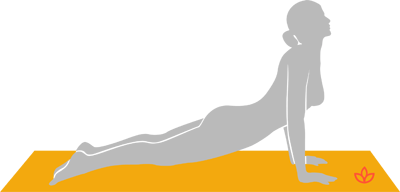
Nasagra is also used regularly in inversions like adho mukha vrksasana (handstand) and backbends like chakrasana (wheel pose), as well as in seated meditation poses like padmasana.
Hastagram Drishti
Hastagram drishti rests gently on the hands or tips of the fingers.
Examples are utthita trikonasana (extended triangle pose) and utthita parshvakonasana (extended side angle pose).
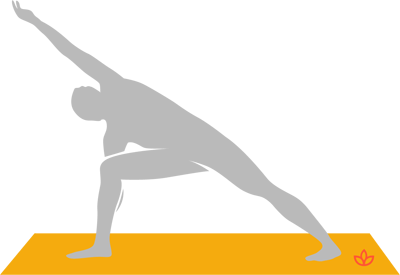
Parsva Drishti, Left and Right Side
In parsva drishti our gaze looks either to the left or right side of us. This gaze is considered to be two different drishti, depending on which side we are looking toward. It usually follows the movement of the head in a spinal twist.
For example, in both utthita parsvasahita and ardha matsyendrasana (half lord of the fishes pose) depending on which direction you are twisting in, left or right, the gaze would match the direction your head is moving in.
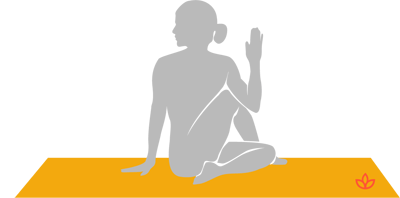
These two drishti can be thought of as an extension of your spinal twist, your gaze continuing the spiral of the body beyond the crown of the head.
Urdhva Drishti
Urdhva drishti looks upward or outward as in virabhadrasana B (warrior two pose) and has an expansive feeling of gazing out into infinity.
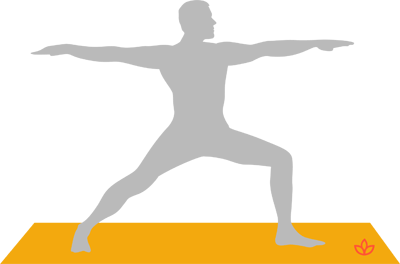
It is an all-encompassing gaze, fearless and compassionate when needed, just like a true warrior.
Read: The Triumph of Love: The Significance of the Warrior Poses
Nabhi Chakra Drishti
Nabhi chakra drishti brings the gaze to the center of our being, the navel.
Each time we come into adho mukha svanasana (downward-facing dog), we bring our gaze to our navel.
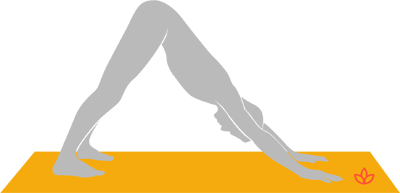
This is the area where the manipura chakra resides and is a powerhouse of energy. Nabhi chakra is also known as "the magic circle" in Sanskrit.
Read: 3 Drishti Every Beginner Should Know
Padayoragram Drishti
We use padayoragram drishti when we bring our gaze to our feet or the tips of our toes as in janusirsasana (head-to-knee pose) as well as in most forward bends.
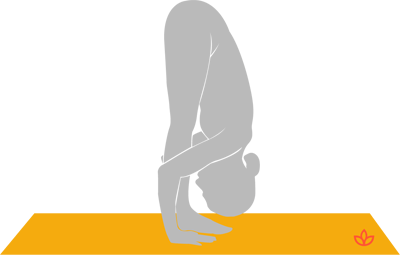
This allows the spine to lengthen and helps remind us to extend fully from our hips all the way out through the crown of the head rather than rounding our lower back.
Bhrumadhya Drishti
This drishti resides in the middle of the brow at the third eye center. We use bhrumadhya most commonly during meditation practice. It can be used with the eyes half open or closed.
The purpose of this gaze is to bring our awareness inward, raise our consciousness and to awaken kundalini. It is said to stimulate the optic nerves, sharpen concentration, and calm the mind. It is also used in in matsyendrasana (lord of the fishes pose).
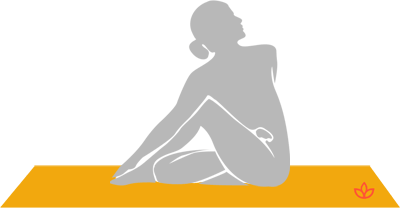
When we incorporate the use of dristhi into our yoga asana and meditation practice, we are disciplining our focus so that we can more easily channel our awareness and consciousness.
Read: Balancing Your Ajna: How to Realign Your Third Eye Chakra
We use drishti to help stabilize the mind, find physical balance and enter more deeply into spiritual union with the Divine.
Dhyana is the last of the yogic limbs before entering into samadhi or enlightenment, so you can see why it’s important to add drishti to your yoga tool box.
During These Times of Stress and Uncertainty Your Doshas May Be Unbalanced.
To help you bring attention to your doshas and to identify what your predominant dosha is, we created the following quiz.
Try not to stress over every question, but simply answer based off your intuition. After all, you know yourself better than anyone else.